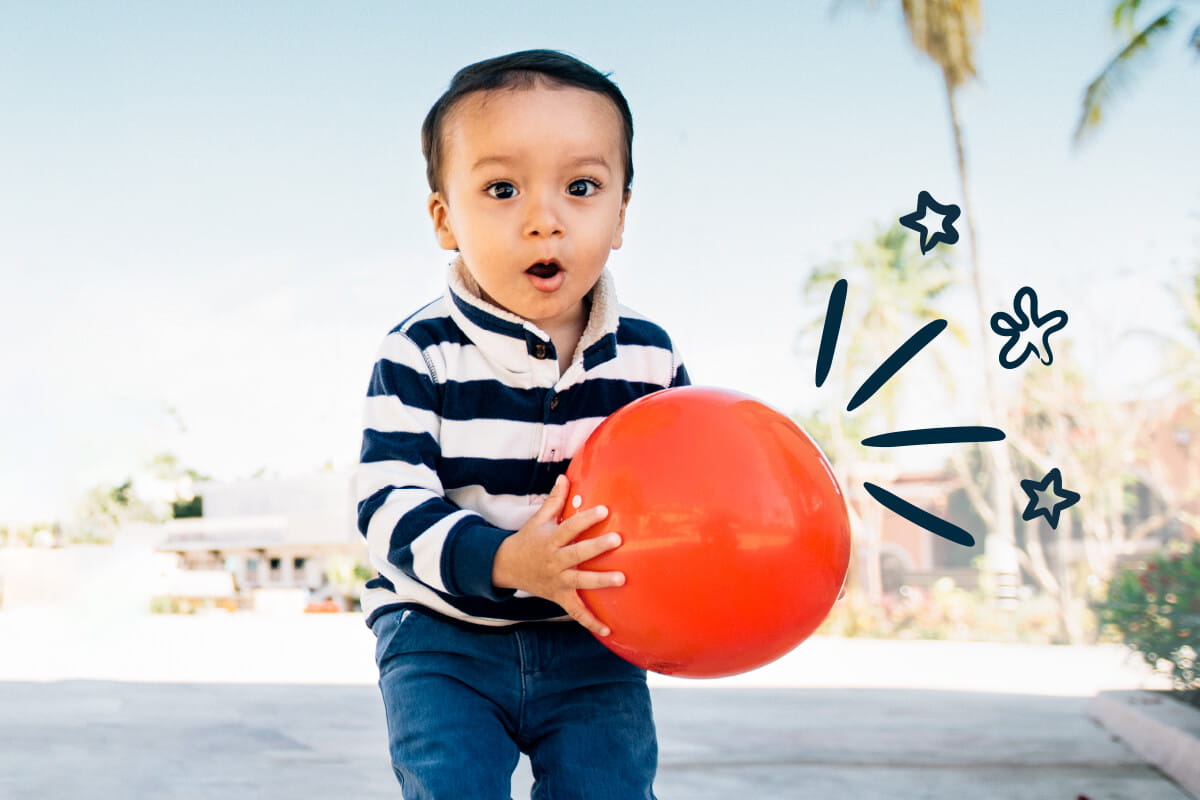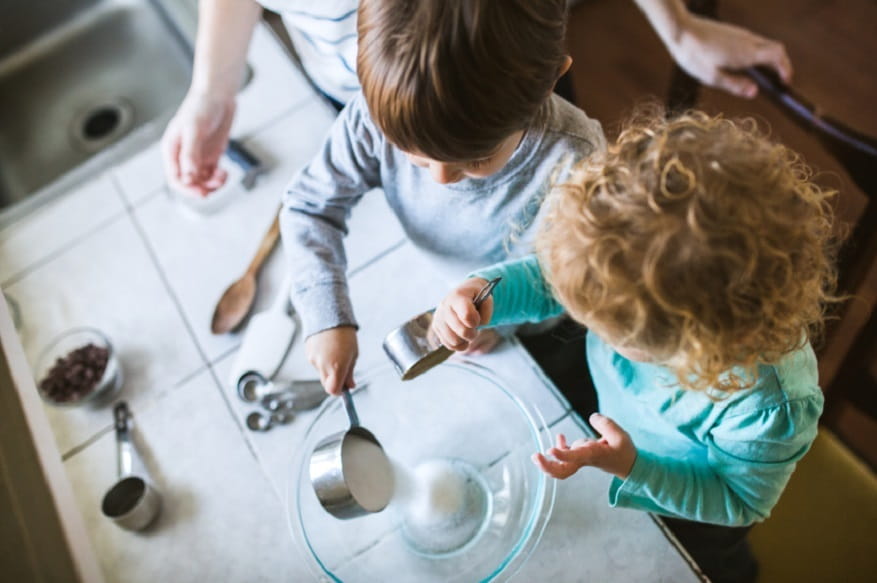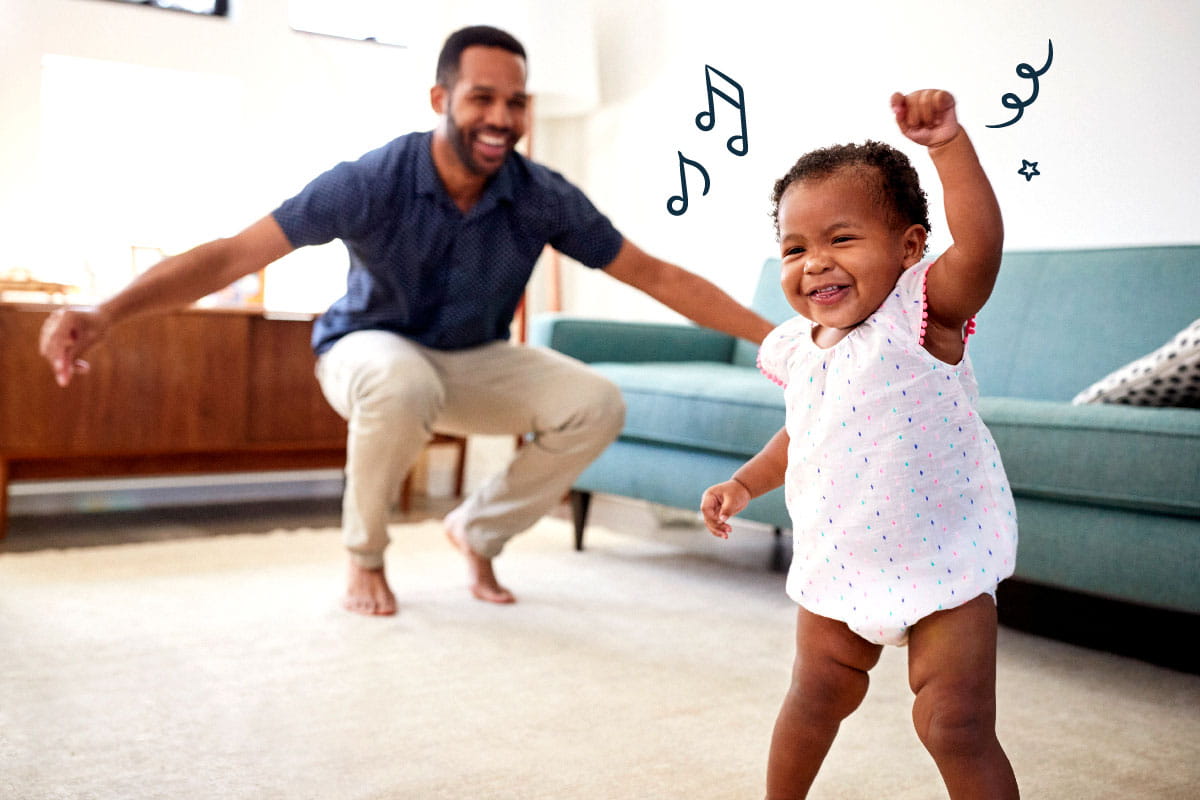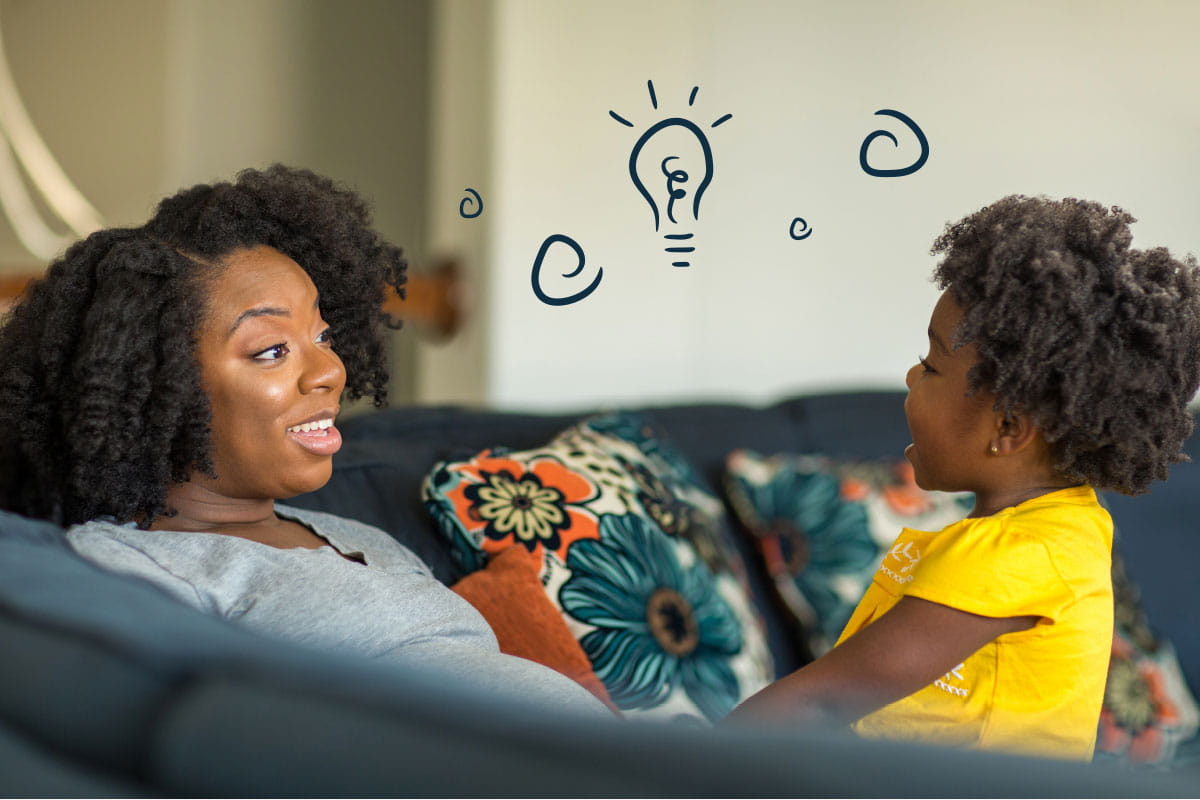Bubbles + Whisks = Fun Cause and Effect Activities for Toddlers
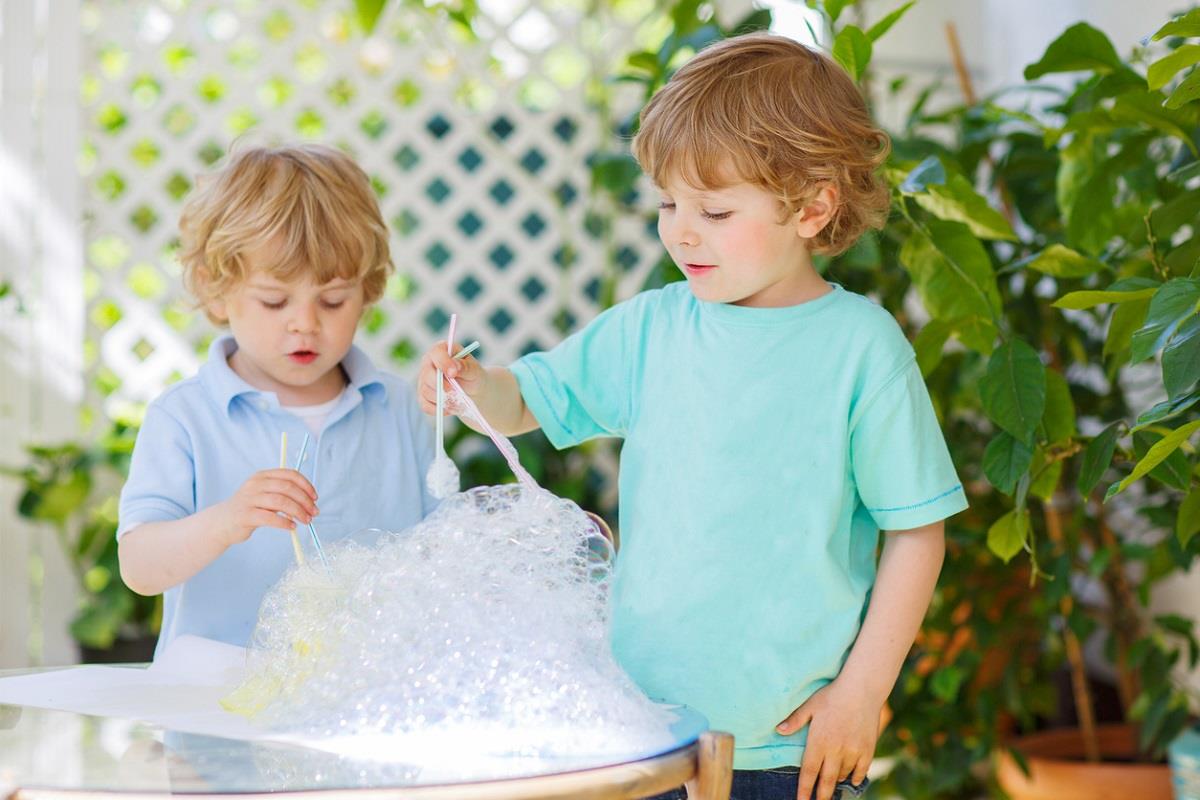
By Rachel Ward
Thunk, splat!
Uh-oh…your toddler accidentally knocked their bowl of oatmeal off the high chair. Or, based on their giggles, maybe not so accidentally.
Sure, it’s a little frustrating that now you have to grab another bowl and serving of food—but that fallen meal isn’t just fun and games for your child. It’s also giving them an early science lesson and an eye-opening realization.
“When toddlers see that their actions create results, like when they push a bowl of food off the table or tear down a tower of blocks, they’re learning the basics of cause and effect—and that their actions can change and affect things around them,” explains Theresa Maves from KinderCare’s Education team.
We like to give children opportunities to explore what the world has to offer. That’s why this month, we’re splashing around with one of kids’ favorite things: water!
Our Fun Cause and Effect Activities Keep the Learning Benefits Coming Full Force
When toddlers take a whisk to a bowl filled with water and tear-free shampoo, the results are immediate (and the expressions on kids’ faces are priceless).
As they stir the water and watch a film of bubbles appear on its surface, children are learning the power that their actions have—a concept that’s reinforced as our teachers talk about what they’re doing and why bubbles are popping up.
“By using a whisk, the learning benefits for children extend even further,” says Maves. “Toddlers are starting to understand that not only do their actions create results, but also that they can use items to help them accomplish a task.”
We’re keeping the science and water fun going at our centers during the day, but there’s a lot of ways you can build your tot’s knowledge of cause and effect at home. Take a look at our tips below.
Everyone Belongs In Our Circle
At KinderCare, we’re committed to building warm, welcoming and supportive classrooms for children of all abilities, backgrounds and experiences.
Find a center near youActions Have Power! 4 Awesome Cause and Effect Activities for Toddlers
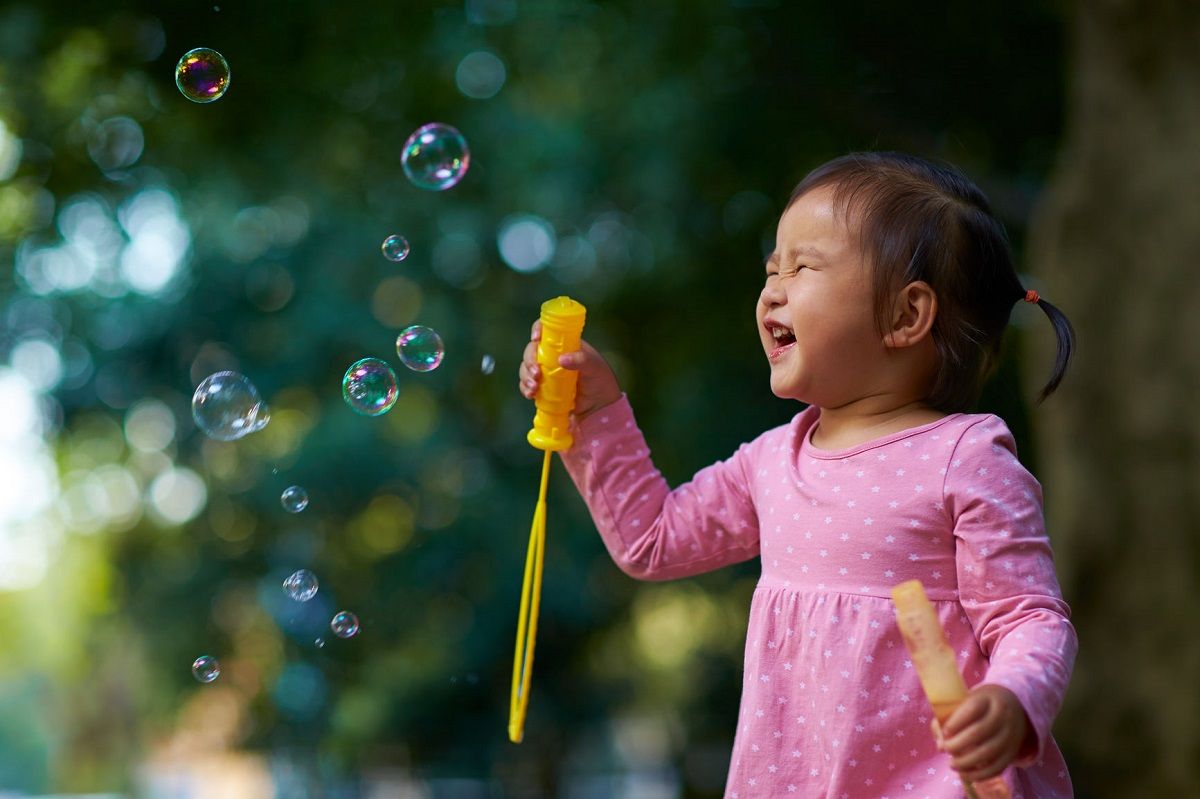
1. Blow some bubbles
Seeing those luminous, rainbow-hued bubbles emerge from a tiny little wand is always a treat for tots—and just like whisking them up in water, it’s a great lesson in cause and effect. As your toddler blows into the wand, talk about how their actions are causing the bubbles. If they blow slowly, what happens? What about when they puff air quickly into the wand? Are there other ways they can make bubbles with the wand?
2. Investigate a flashlight
Let there be light! (Or not.) Handing over a flashlight to your child and letting them experiment by turning it on and off is a great way for them to better understand cause and effect, and the power their actions have—especially when they try clicking that button at different speeds.
3. Really dive into water fun
At bath time, let your child explore how their movements create ripples and waves in the tub. If you don’t mind a little spill, grab some bath toys and let your child throw them into the water for a big ‘ol splash fest. (Lay some towels down around the tub for easy cleanup.) If your child moves gently in the water, what kind of ripples are made? What about when they move quickly and with force?
A Lifetime Of Confidence Starts Here
Our teachers help every child build the confidence they need to try new things and explore the world around them.
Search for a center near you4. Visit the playground
Playgrounds offer a smorgasbord of cause and effect opportunities. On the swing set, experiment with pushing your child gently and then with a bit more force. Does your child see the difference? If your child is all about building castles in the sandbox (and then tearing their sandy structure down), talk about how their actions made it all happen.
